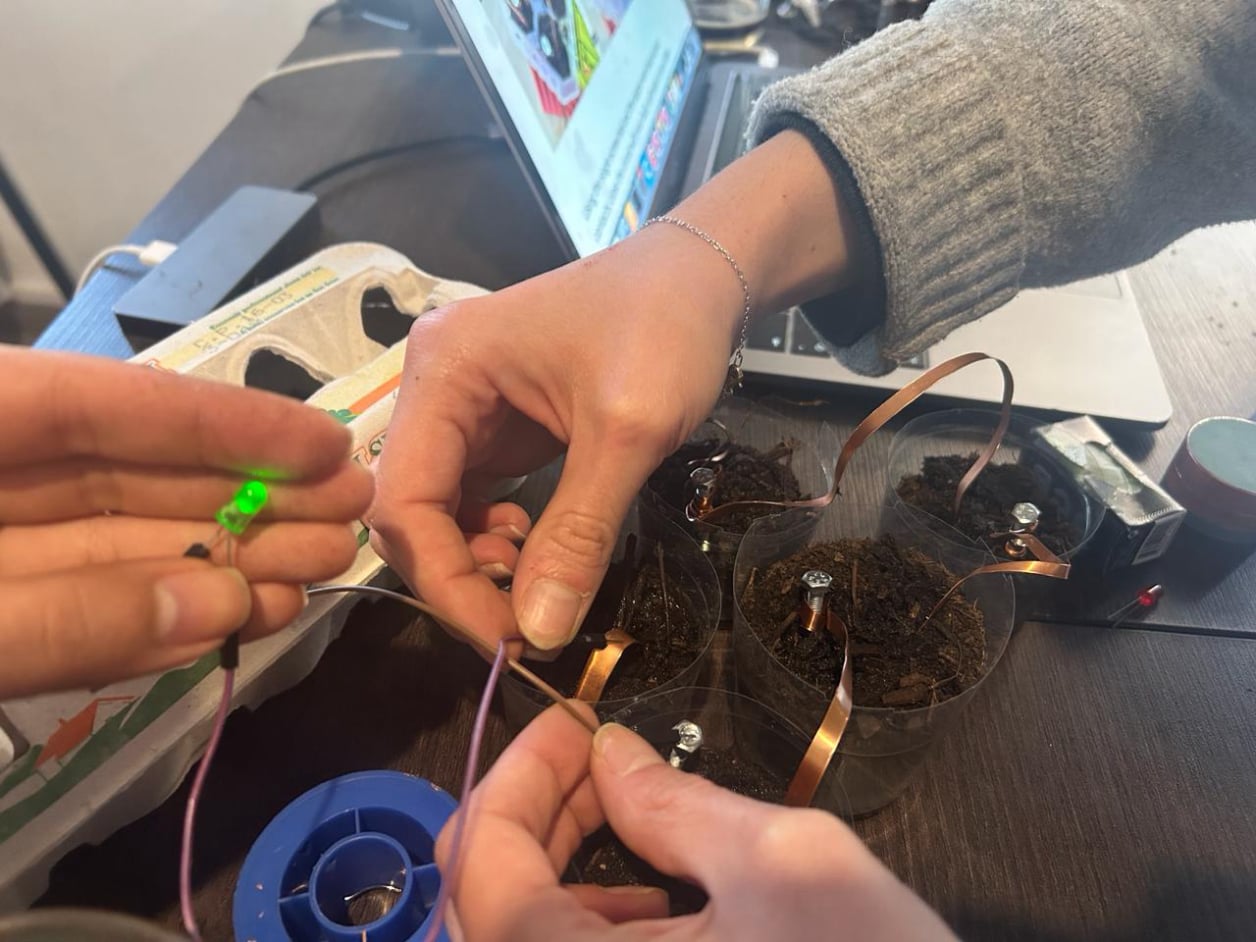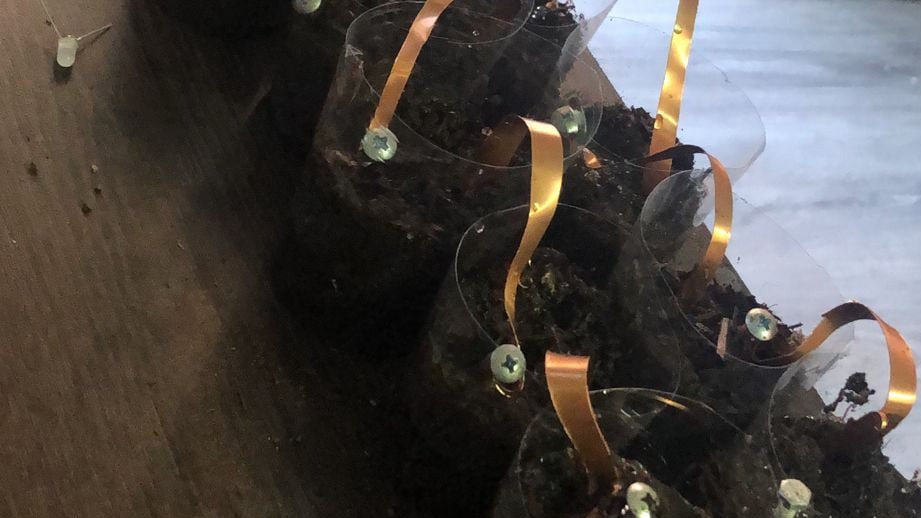

Generating electricity through soil typically involves the concept of a "soil battery," which harnesses the natural electrochemical reactions occurring within the soil to produce electrical energy. Here's a basic explanation of how it works:
1. Electrochemical Reactions: Soil contains various organic and inorganic materials that can undergo electrochemical reactions. When certain materials in the soil come into contact with each other, they can transfer electrons, creating an electric potential difference.
2. Electrodes: To harness these electrochemical reactions, electrodes are inserted into the soil. These electrodes are typically made of materials like zinc, copper, or other conductive metals. One electrode is placed deeper into the soil (the anode), while the other is placed closer to the surface (the cathode).
3. Ion Movement: When the electrodes are inserted into the soil, ions from the soil solution start to migrate towards the electrodes. This movement of ions creates an electric current between the electrodes, which can be harvested as electrical energy.
4. Electron Flow: As the electrochemical reactions occur, electrons are transferred from one electrode to the other through an external circuit. This flow of electrons constitutes an electric current, which can be used to power electrical devices or stored in batteries for later use.
5. Power Generation: By connecting an external load (such as a light bulb or a small electronic device) to the electrodes, the electric current generated by the soil battery can be utilized to power the load.


First and foremost, working with soil batteries has deepened my understanding of electrochemical processes and their applications in renewable energy generation. I've gained a greater appreciation for the complex interactions occurring within the soil and how we can leverage them to produce electrical power in a sustainable manner. This hands-on experience has reinforced the importance of interdisciplinary approaches in tackling energy challenges, combining principles from chemistry, physics, and environmental science.
Working with soil batteries has been eye-opening. I've learned how to tap into natural electrochemical processes to generate electricity sustainably. This experience has shown me the potential for decentralized power solutions, especially in remote areas. Moving forward, I'm eager to explore further applications of this knowledge in future projects, integrating interdisciplinary approaches to address energy challenges.
HTML Builder